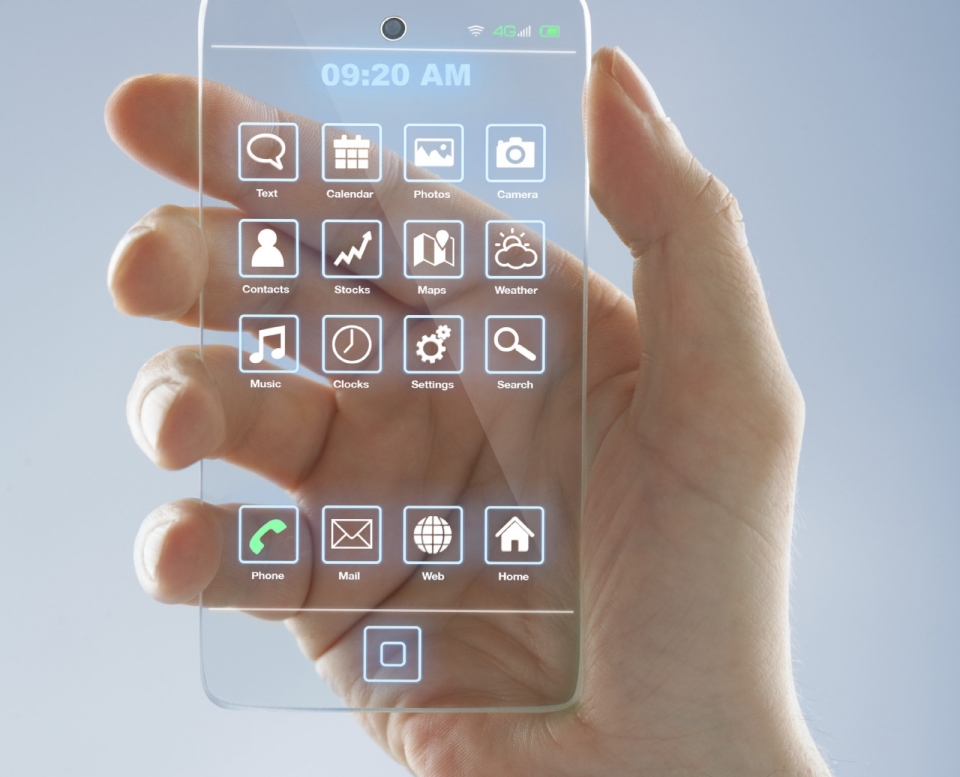
 Since the 20th century, man has dreamed about flying cars, holograms, robots, and artificial intelligence allowing everyone’s mind to run wild with how the future will look. It is hard to fathom that today’s technology has only been around for about twenty five years, and that smartphones, as we know them, have only been around since 2003! Many people are now looking forward to what new innovations will lead us into the 2020s and what the phones of tomorrow will be like. Many people, like Dr. Kevin Curan, a senior member of the IEEE, believe that “the smartphone has indeed reached its final form factor,” and that no major innovations will occur. However, there are still some key features that users long for such as unlimited battery life, flexible screens, and hologram projections. After expensive research, we have found 8 Ways Android Will Change by 2020.
Since the 20th century, man has dreamed about flying cars, holograms, robots, and artificial intelligence allowing everyone’s mind to run wild with how the future will look. It is hard to fathom that today’s technology has only been around for about twenty five years, and that smartphones, as we know them, have only been around since 2003! Many people are now looking forward to what new innovations will lead us into the 2020s and what the phones of tomorrow will be like. Many people, like Dr. Kevin Curan, a senior member of the IEEE, believe that “the smartphone has indeed reached its final form factor,” and that no major innovations will occur. However, there are still some key features that users long for such as unlimited battery life, flexible screens, and hologram projections. After expensive research, we have found 8 Ways Android Will Change by 2020.
android, phone, smartphone, 8 Ways Android Will Change by 2020, the future of android, google phone, google hangouts, yard management, yardtrac, yms, yard management software
